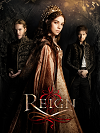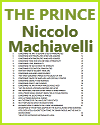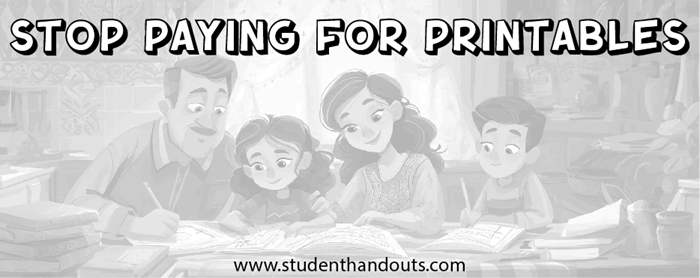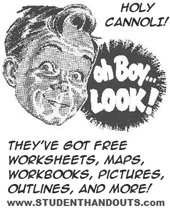Books and films are valuable tools for helping high school World History students better understand the events and ideas of the European Renaissance. This period, which spanned roughly the 14th to 17th centuries, was marked by a renewed interest in classical learning, humanism, art, science, and exploration. Books—whether textbooks, biographies, or historical fiction—can provide in-depth context about key figures such as Leonardo da Vinci, Michelangelo, and Niccolò Machiavelli, as well as major themes like secularism, individualism, and the revival of Greek and Roman thought.
Films and documentaries bring the Renaissance to life by visually showcasing its art, architecture, and cultural atmosphere. Documentaries like The Medici: Godfathers of the Renaissance or dramatized films such as The Agony and the Ecstasy allow students to see the challenges and achievements of Renaissance thinkers and artists. These visual stories make abstract ideas more relatable and memorable.
Together, books and films support diverse learning styles and help students connect emotionally and intellectually with the period. They encourage critical thinking, spark classroom discussion, and deepen students' appreciation of how the Renaissance shaped modern thought, science, and politics. By combining text and visuals, educators can offer a richer, more engaging understanding of this transformative era in European history.
|










